In the digital age, creating engaging and effective infographics is essential for capturing your audience’s attention. Whether you’re a
Continue reading
Learning one new thing everyday


In the digital age, creating engaging and effective infographics is essential for capturing your audience’s attention. Whether you’re a
Continue readingIn today’s data-driven world, visualizing information effectively is crucial for conveying complex data in a digestible format. Infographics are powerful
Continue reading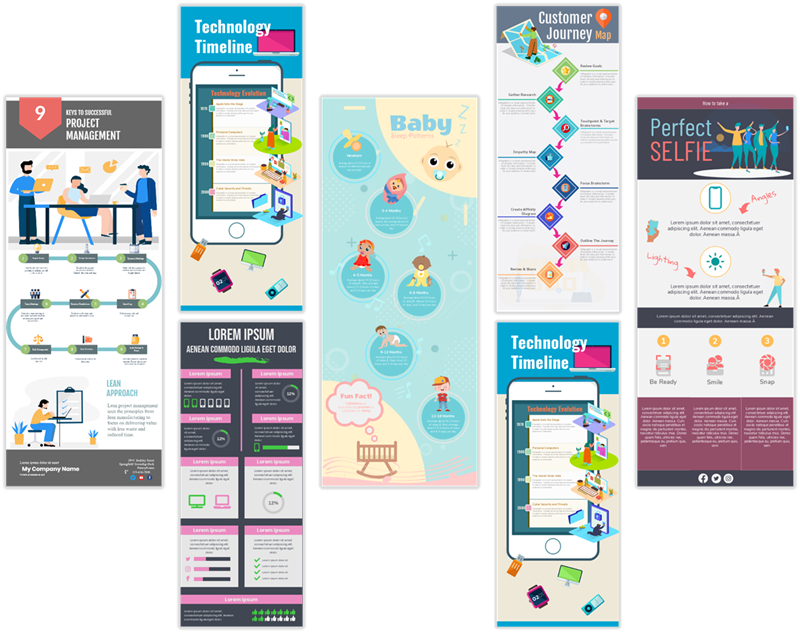
Creating an engaging and attractive infographic involves understanding your audience, applying effective design principles, and employing compelling storytelling techniques. Here
Continue reading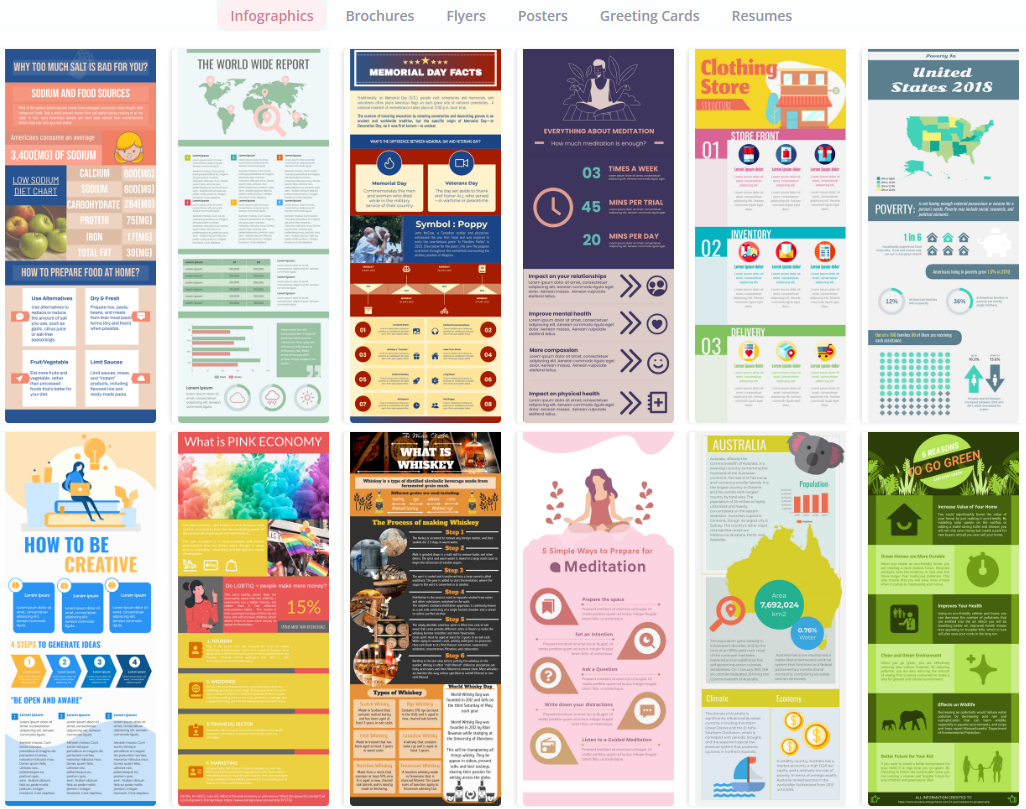
Why Use Visual Paradigm Online’s Infographic Tool? Effective Communication Infographics are powerful tools for communicating complex information quickly and clearly.
Continue reading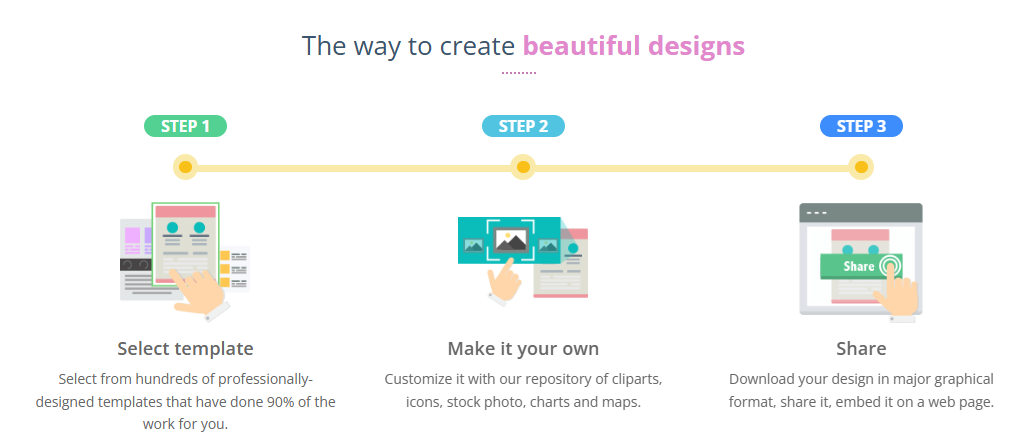
Introduction Visual Paradigm Online’s Infographic Tool is a powerful and user-friendly platform designed to help you create professional infographics, flyers,
Continue reading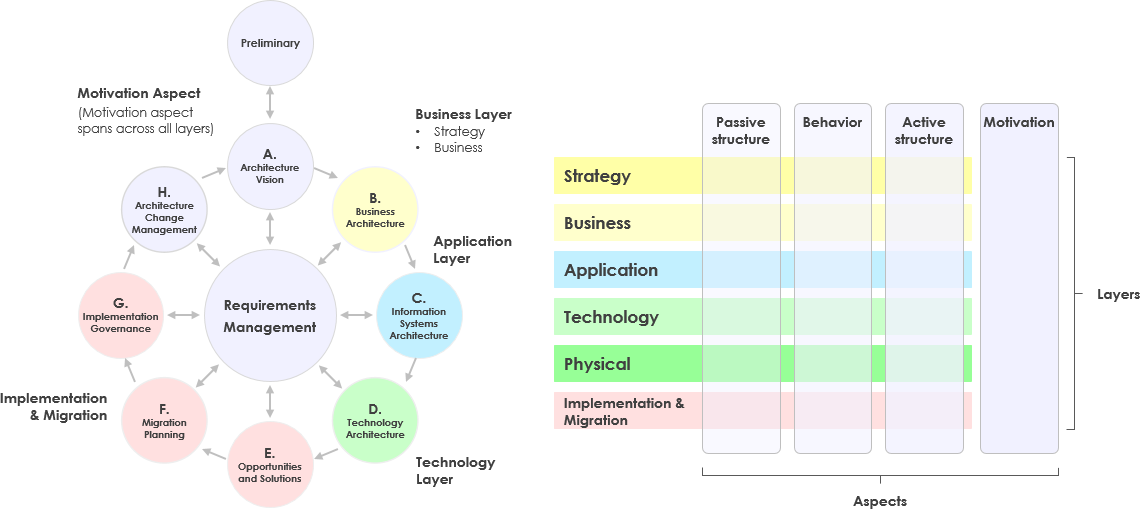
The Open Group Architecture Framework (TOGAF) and ArchiMate are two of the most widely used frameworks in enterprise architecture. TOGAF
Continue reading
The motivation layer in ArchiMate is a crucial aspect of enterprise architecture that focuses on the reasons and motivations behind
Continue readingIntroduction The ArchiMate framework includes Motivation elements designed to model the motivations or reasons guiding the design or change of
Continue reading
Introduction The ArchiMate modeling language and the TOGAF framework are two widely used standards for enterprise architecture. They are complementary
Continue reading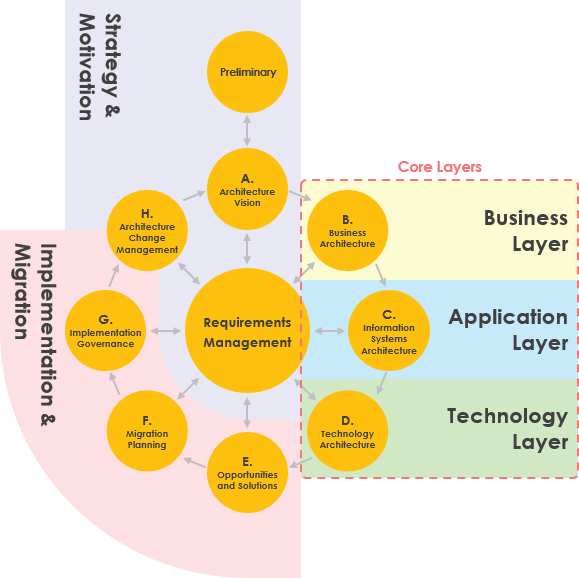
The ArchiMate language provides a structured framework for classifying and organizing the elements of an enterprise architecture. It offers two
Continue reading